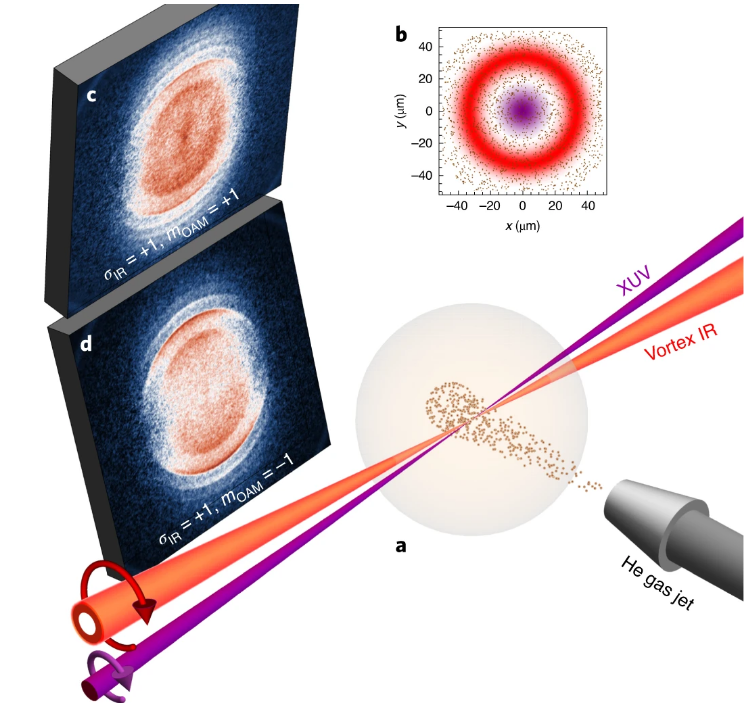Professor Klavs Hansen from the Center for Joint Quantum Studies of Tianjin University cooperated with his counterparts in Nova Gorica and published an essay entitled“Photoelectric Effect with a Twist” in Nature Photonics, one of the top journals in photology field (link to the paper: https://www.nature.com/articles/s41566-020-0669-y).
Photons are the smallest amounts of light you can have. They come with an angular momentum which is measured in units of Planck's constant. This means that photons can rotate clockwise and anticlockwise around their axis of propagation. This is causing the effect of polarization of light which can be seen with a cell phone and a pair of polaroid sunglasses. Adding many photons in the right way can also create a light beam with what is known as orbital angular momentum.

This form of rotational motion can have an unlimited amount of angular momentum, much higher than the plus or minus Planck's constant. It is manifested in the motion of the wavefront of the light and can be created with special optics inserted into beams of laser light.
Usual polarization of light is an integral part of the interaction of light with electrical charges, and needs to be taken into account for all processes where light is absorbed and emitted. By contrast, imprinting orbital angular momentum on matter, specifically on a moving electron, is much more difficult. With this work, Prof. Hansen and his collaborators have succeeded. The experiments combined two light beams, one with a fairly long wavelength where the orbital angular momentum was imprinted, and one with very high energies of the photons.
The two beams were overlapped in a helium-containing chamber. The high energy photons could eject one electron from the atoms, and the low energy photons with the orbital angular momentum could make them spin. Turning the orbital angular momentum in the opposite direction and keeping the polarization of the high energy photons fixed revealed a difference between the two situations. The results indicate the possibility to measure quantum mechanical states that are otherwise hidden to light.
The experiments were performed at the free electron laser at the FERMI facility in Trieste, Italy.




